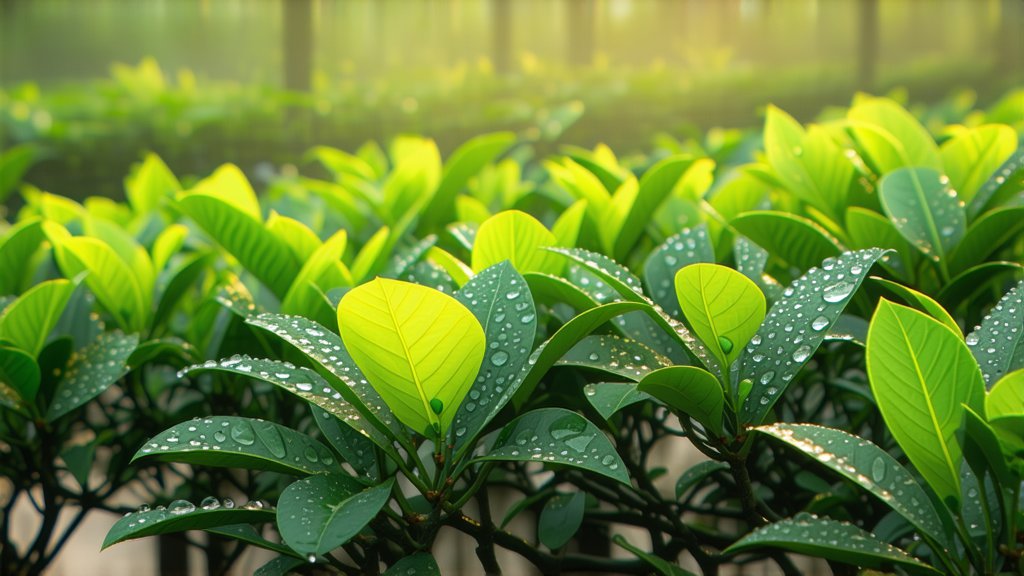
In the vast and diverse landscape of Chinese tea, few varieties captivate the senses and imagination quite like Junshan Yinzhen, a distinguished member of the elusive Huangcha or 'yellow tea' category. This exquisite tea, hailing from the misty mountains of Hunan province, not only boasts a unique flavor profile but also carries with it a rich historical legacy that intertwines with the very essence of Chinese tea culture.
Historical Roots
The origins of Junshan Yinzhen can be traced back to ancient times when the region was known for producing some of the finest teas in China. Legend has it that this particular type of tea was first created during the Tang Dynasty (618-907 AD), making it one of the oldest tea varieties still cultivated today. Its name, "Junshan Yinzhen," translates to "Precious Needles from Jun Mountain," reflecting both its geographical provenance and the delicate, needle-like shape of its leaves. Over centuries, this tea has been cherished by emperors, scholars, and tea connoisseurs alike, becoming a symbol of refinement and sophistication.
Varieties and Characteristics
Junshan Yinzhen stands out among other yellow teas due to its distinctive processing method, which imparts a unique flavor and appearance. Unlike green teas that are quickly fried or steamed to retain their green color, or black teas that undergo full oxidation, yellow teas like Junshan Yinzhen undergo a meticulous process of controlled oxidation and moisture control. This results in a tea that is neither too green nor too dark, but rather a warm, golden hue reminiscent of autumn leaves.
The leaves themselves are carefully selected from the tender shoots of the Camellia sinensis plant, ensuring only the finest quality makes it into the final product. When brewed, Junshan Yinzhen unfurls gracefully, revealing a pale yellow liquor that glistens like liquid gold. Its aroma is subtle yet complex, with notes of fresh hay, sweet honey, and a hint of floral undertones. On the palate, it offers a smooth, mellow taste with a lingering sweetness that leaves a lasting impression.
The Art of Processing
The craftsmanship involved in creating Junshan Yinzhen is akin to an art form, requiring precision and patience at every step. After being handpicked during the early spring, the fresh leaves undergo a series of intricate steps:
- Fixation: The freshly harvested leaves are gently heated to halt enzymatic activity, preserving their natural flavors and preventing oxidation.
- Humidification: The fixed leaves are then wrapped in cloth or paper and left to humidify under controlled conditions. This step allows a slight oxidation to occur, giving Junshan Yinzhen its characteristic yellow color.
- Drying: Finally, the leaves are slowly dried to remove excess moisture while maintaining their integrity and flavor. This drying process is often done using traditional methods such as sun drying or charcoal roasting, which adds depth to the tea's aroma.
Each stage of processing is meticulously monitored to ensure the perfect balance between oxidation and moisture retention, resulting in a tea that embodies the harmony and balance prized in Chinese philosophy.
Savoring Junshan Yinzhen: A Guide to Appreciation
To truly appreciate Junshan Yinzhen, one must approach it with mindfulness and reverence, following these steps for an optimal experience:
- Selection of Utensils: Use a transparent glass or porcelain gaiwan (a shallow bowl with a lid) to fully appreciate the visual beauty of the tea as it unfurls.
- Water Quality: Use fresh, filtered water heated to around 80-85°C (176-185°F). High-quality water enhances the tea's natural flavors.
- Tea-to-Water Ratio: For every 150ml of water, use approximately 3-5 grams of Junshan Yinzhen leaves. Adjust according to personal preference for stronger or milder flavors.
- Infusion Time: The first infusion should be brief, around 30 seconds to 1 minute, to avoid over-extraction. Subsequent infusions can be gradually increased as the leaves open up.
- Observation: Watch as the leaves dance gracefully in the water, transforming from tight buds to vibrant green needles. Notice the color change of the liquor, which should be a clear, pale yellow.
- Aroma and Taste: Inhale deeply to capture the subtle fragrance before taking a sip. Allow the tea to coat your palate, savoring its smooth texture and sweet aftertaste.
- Multiple Infusions: Junshan Yinzhen can be steeped multiple times, each infusion revealing different layers of complexity. Typically, 3-4 infusions are recommended for optimal enjoyment.
Conclusion
Junshan Yinzhen is more than just a beverage; it is a testament to China's rich tea heritage and the artistry involved in tea production. From its storied past to its meticulous processing and nuanced flavors, Junshan Yinzhen invites tea enthusiasts on a journey of discovery and appreciation. As you sip this golden elixir, immerse yourself in the history, culture, and craftsmanship that have made Junshan Yinzhen a treasured gem in the world of tea.